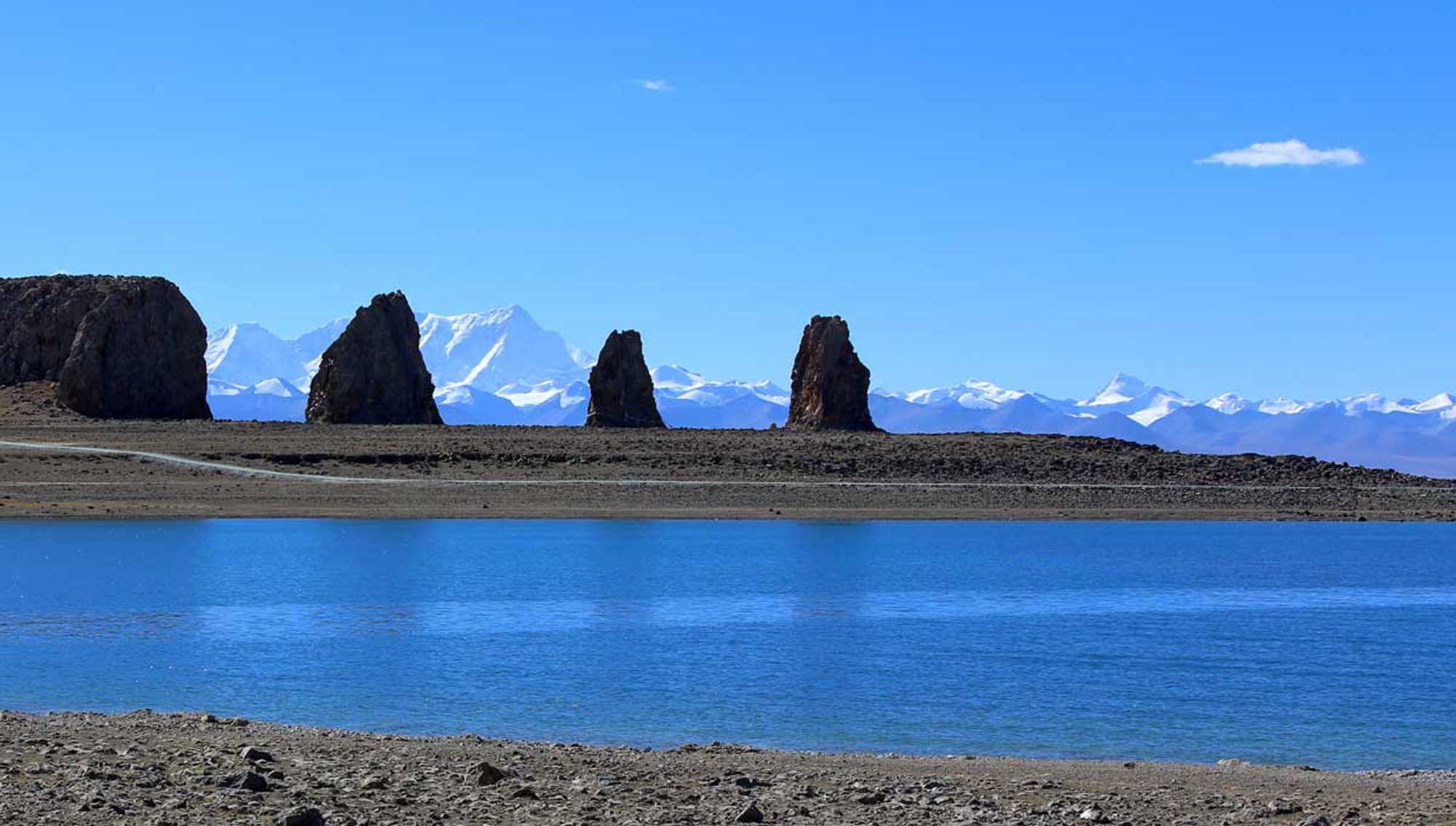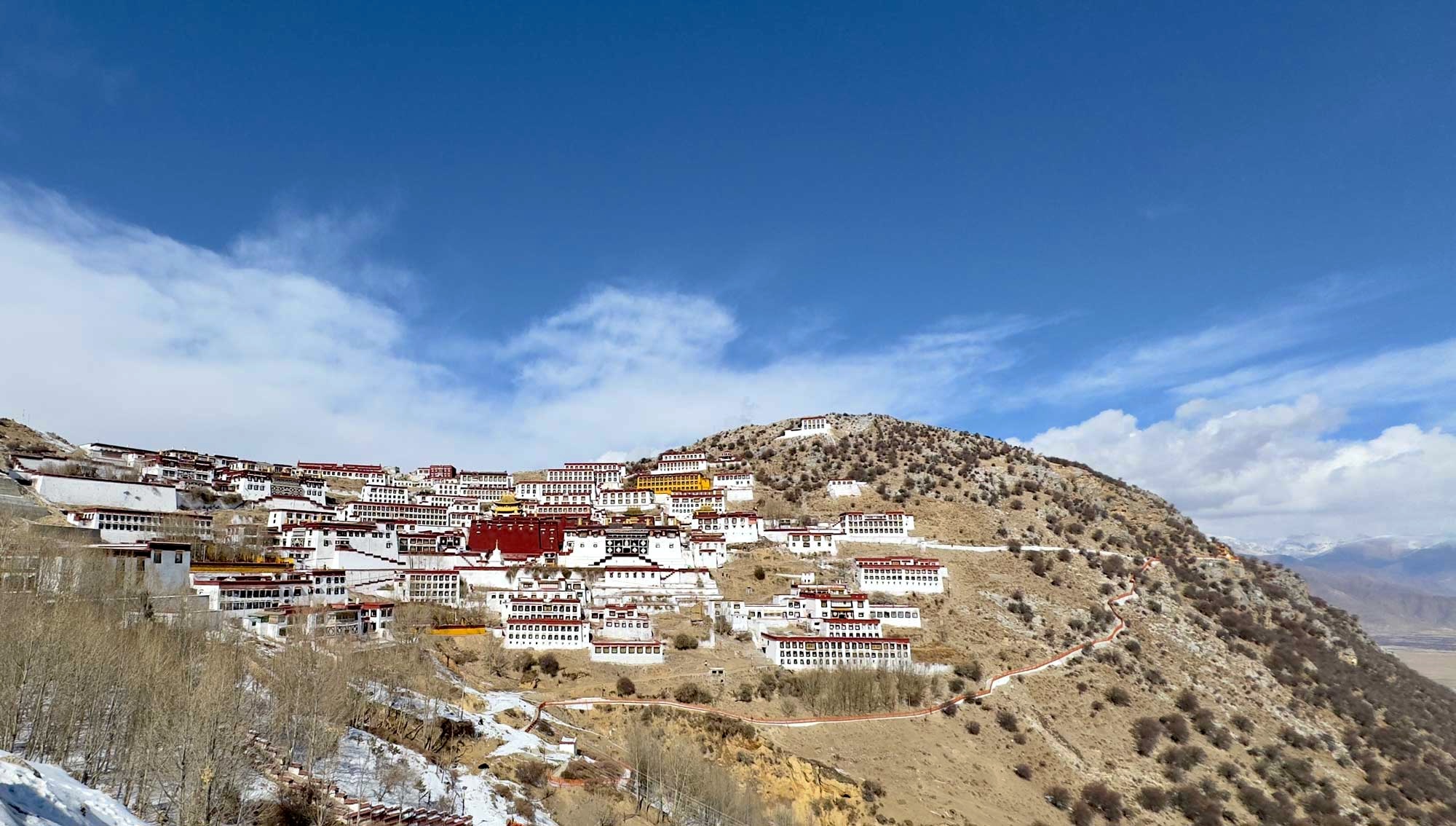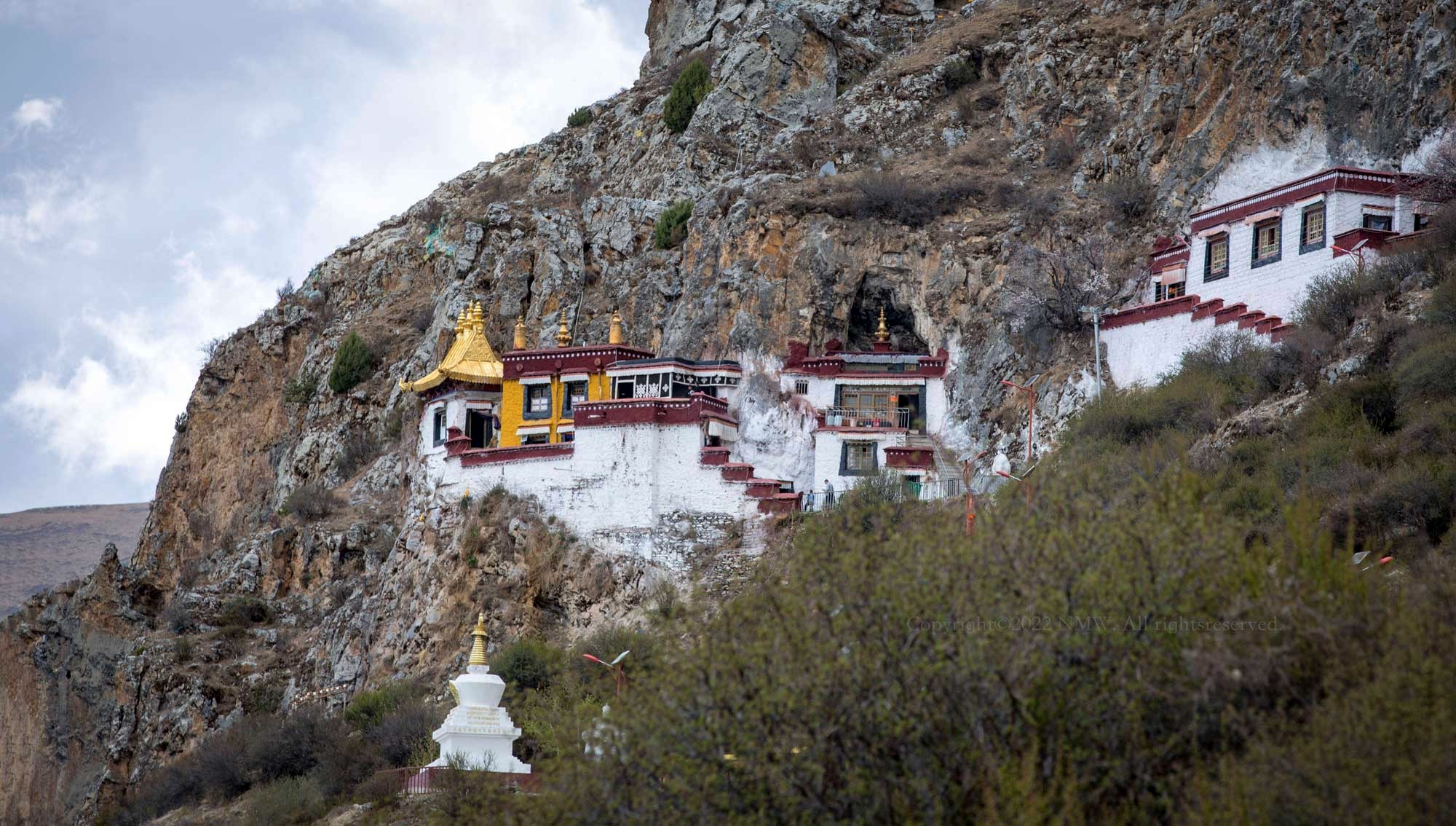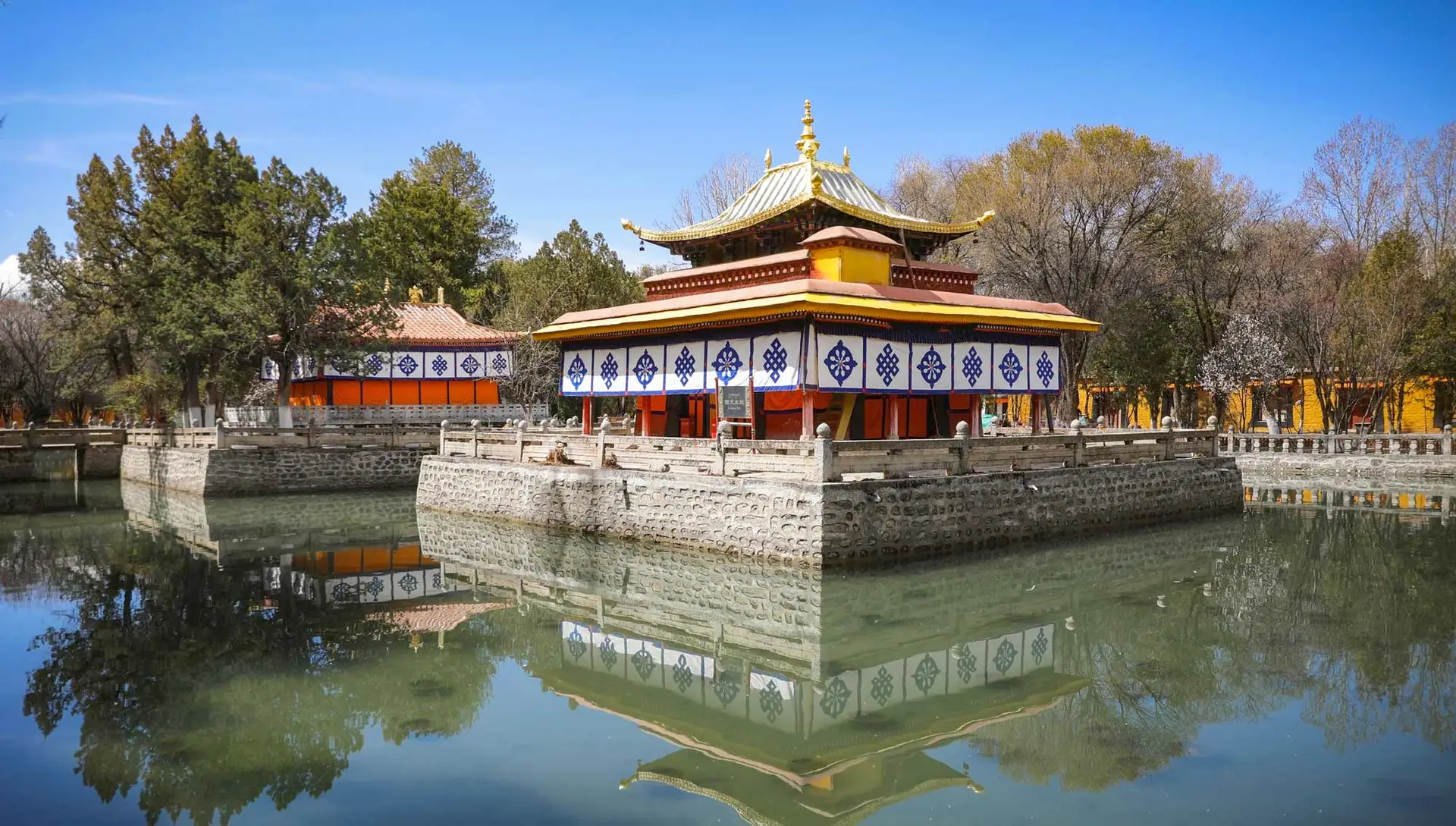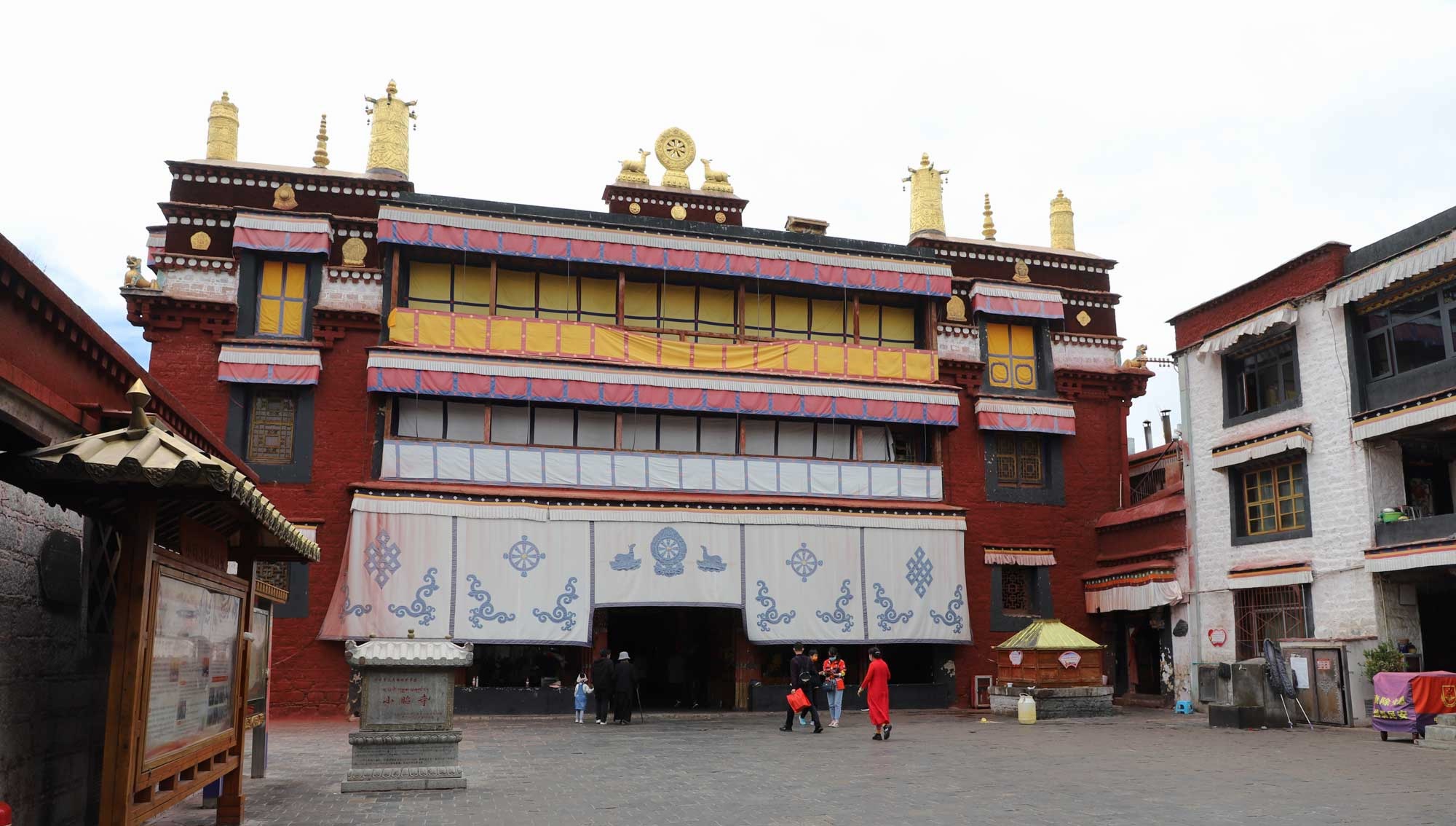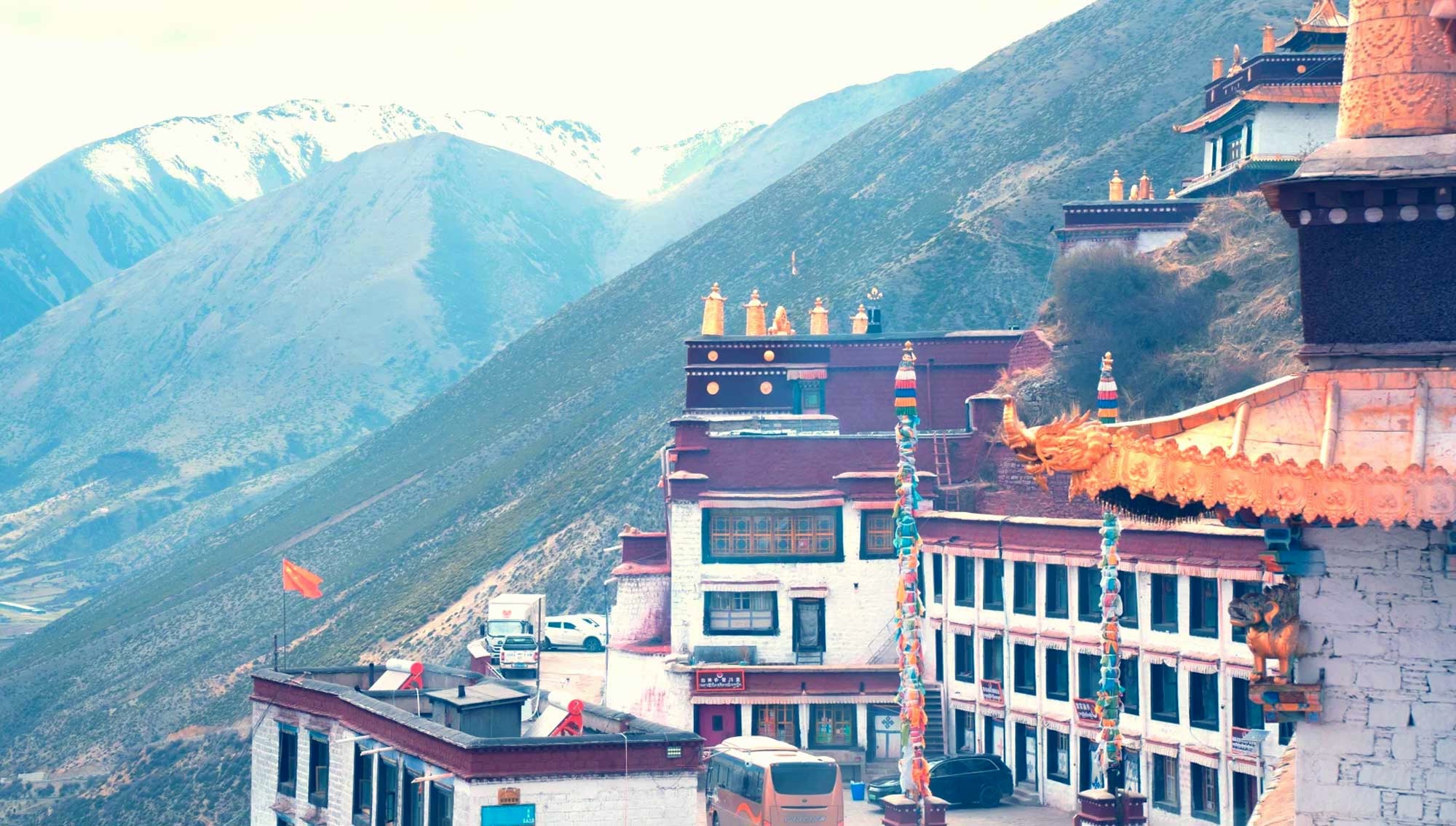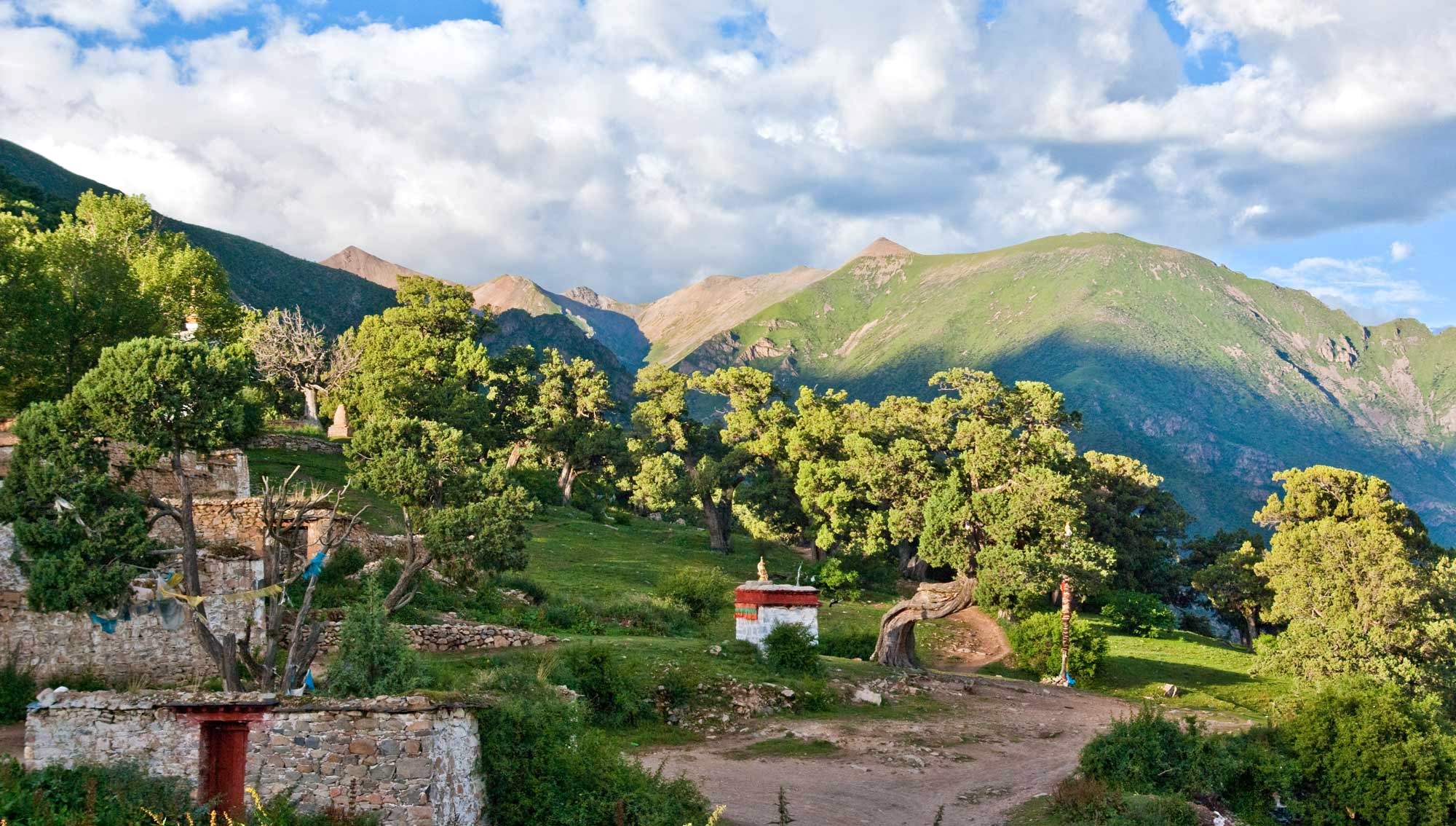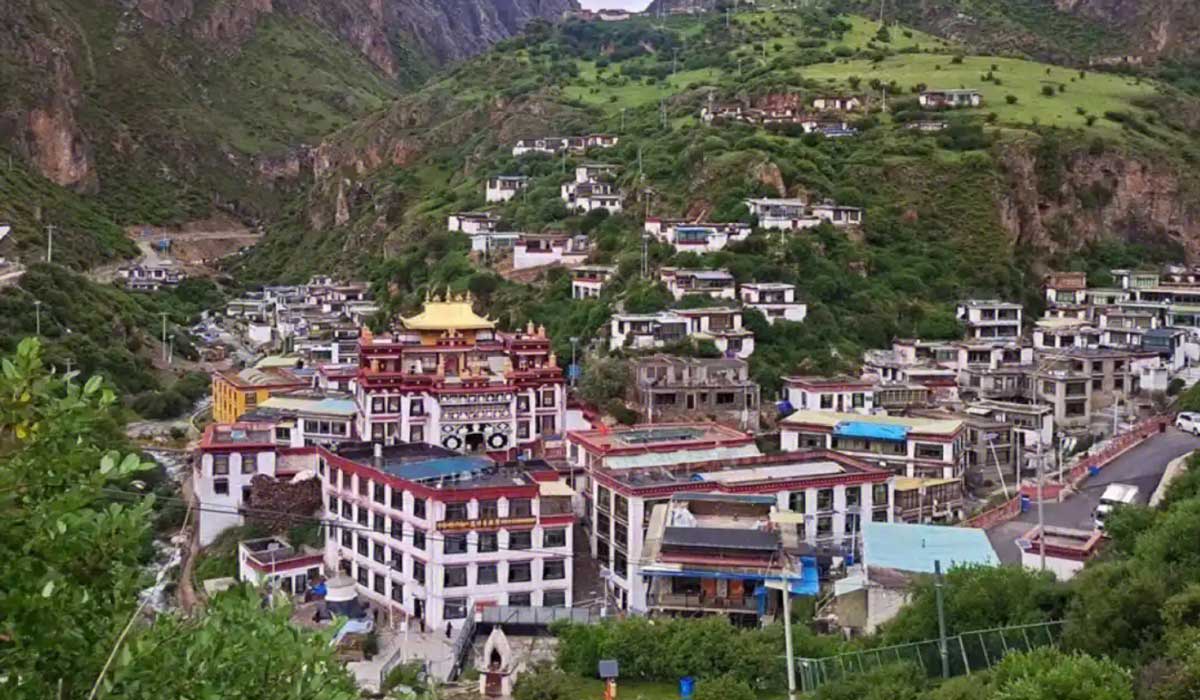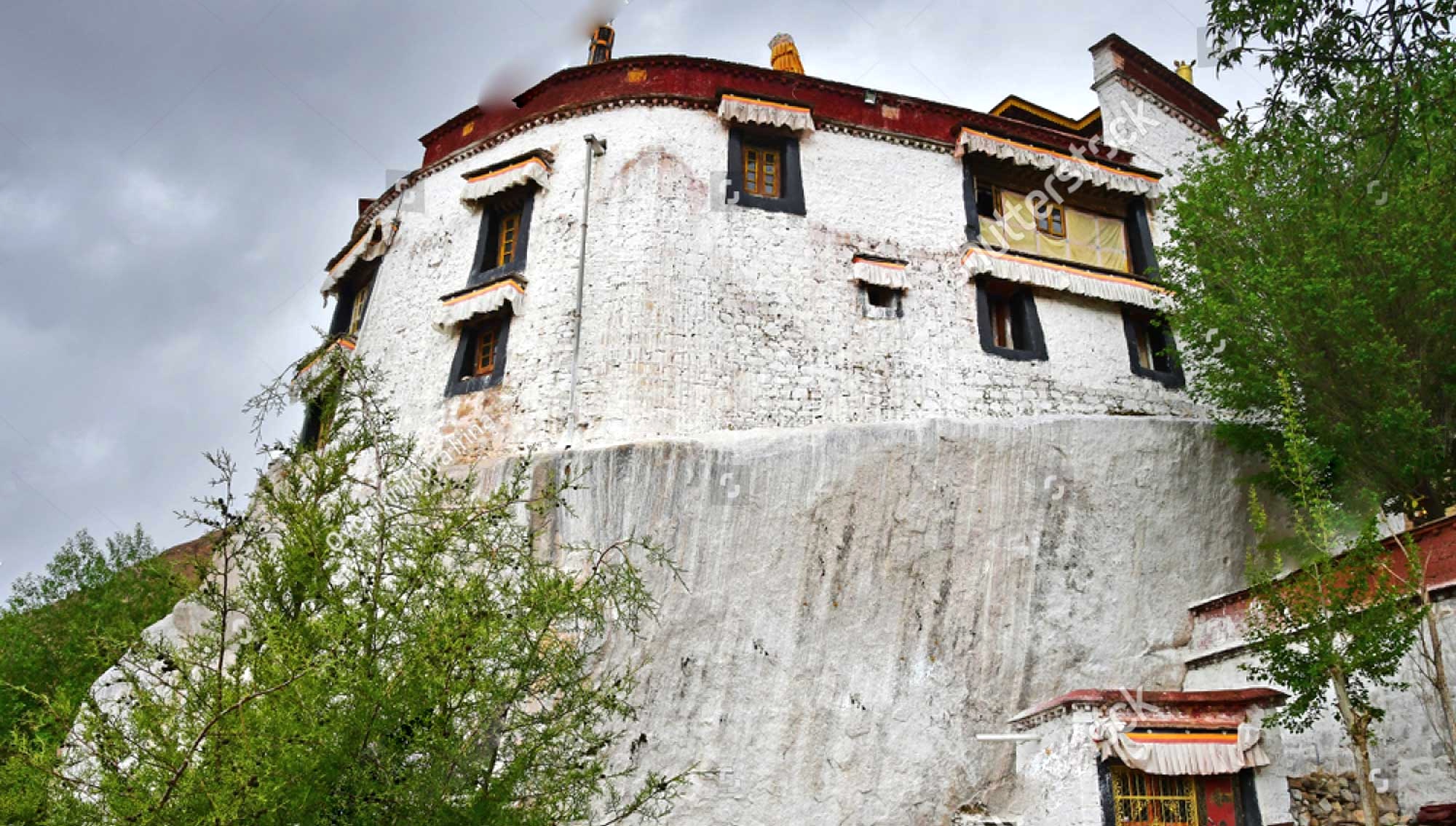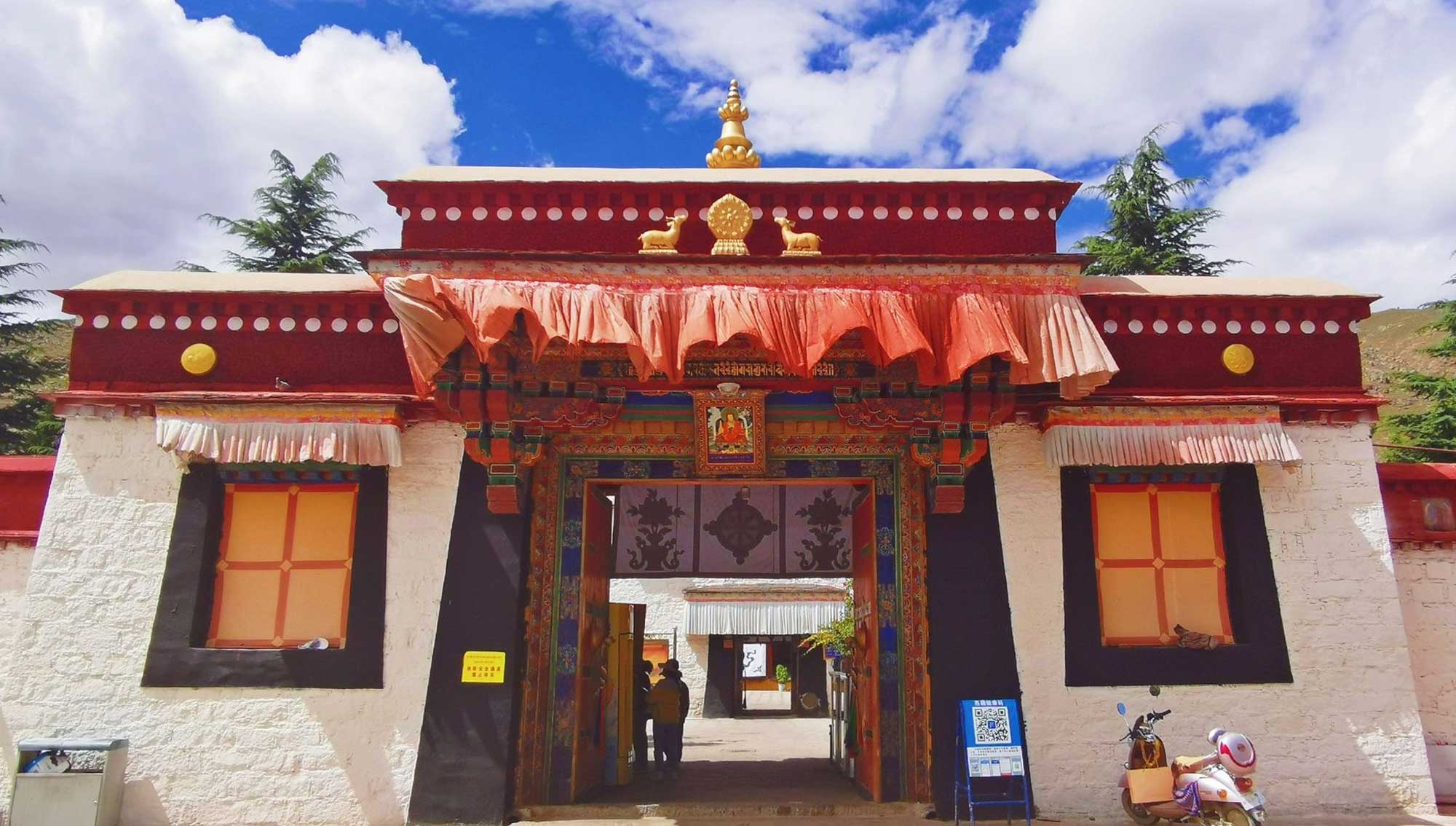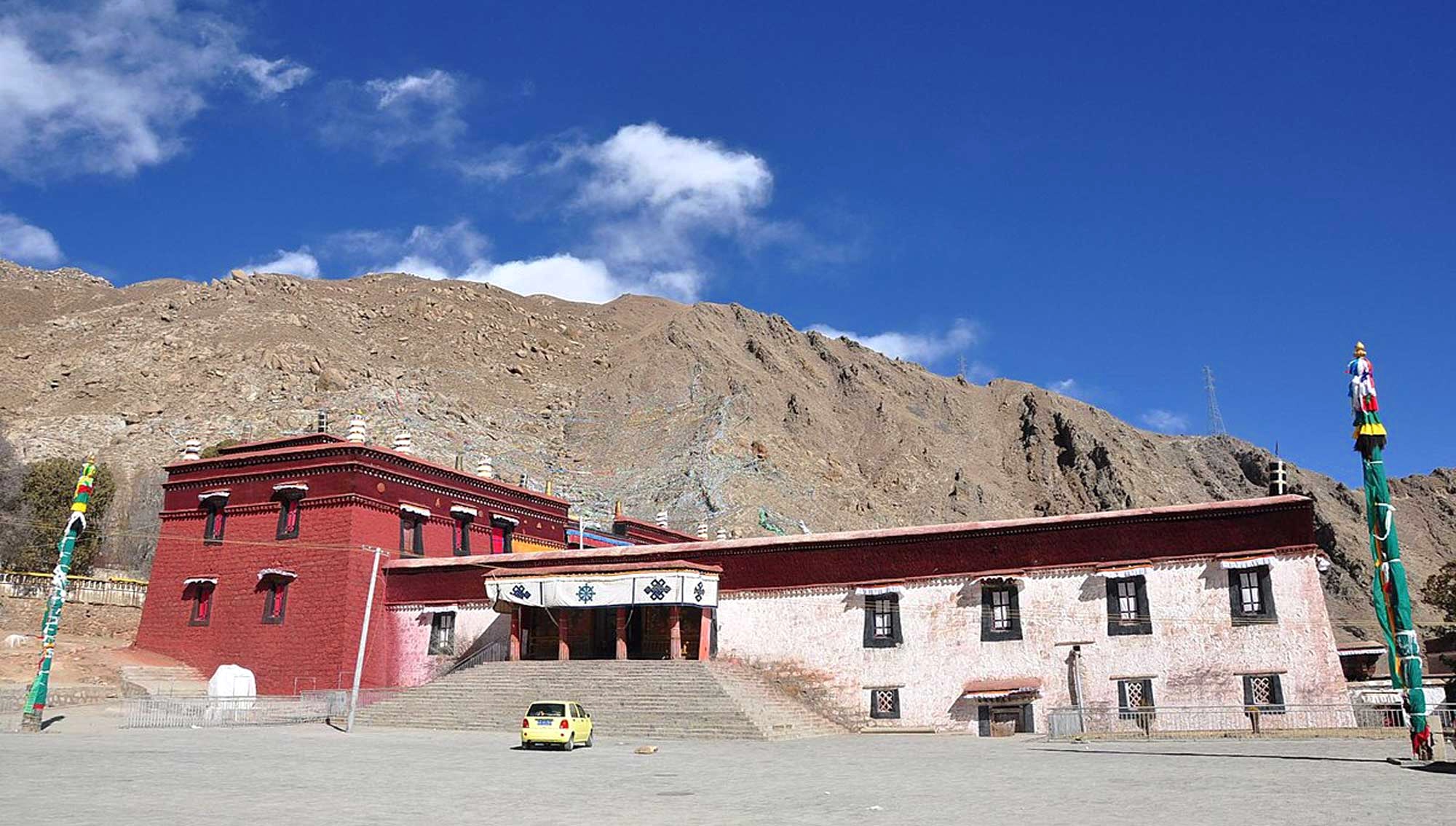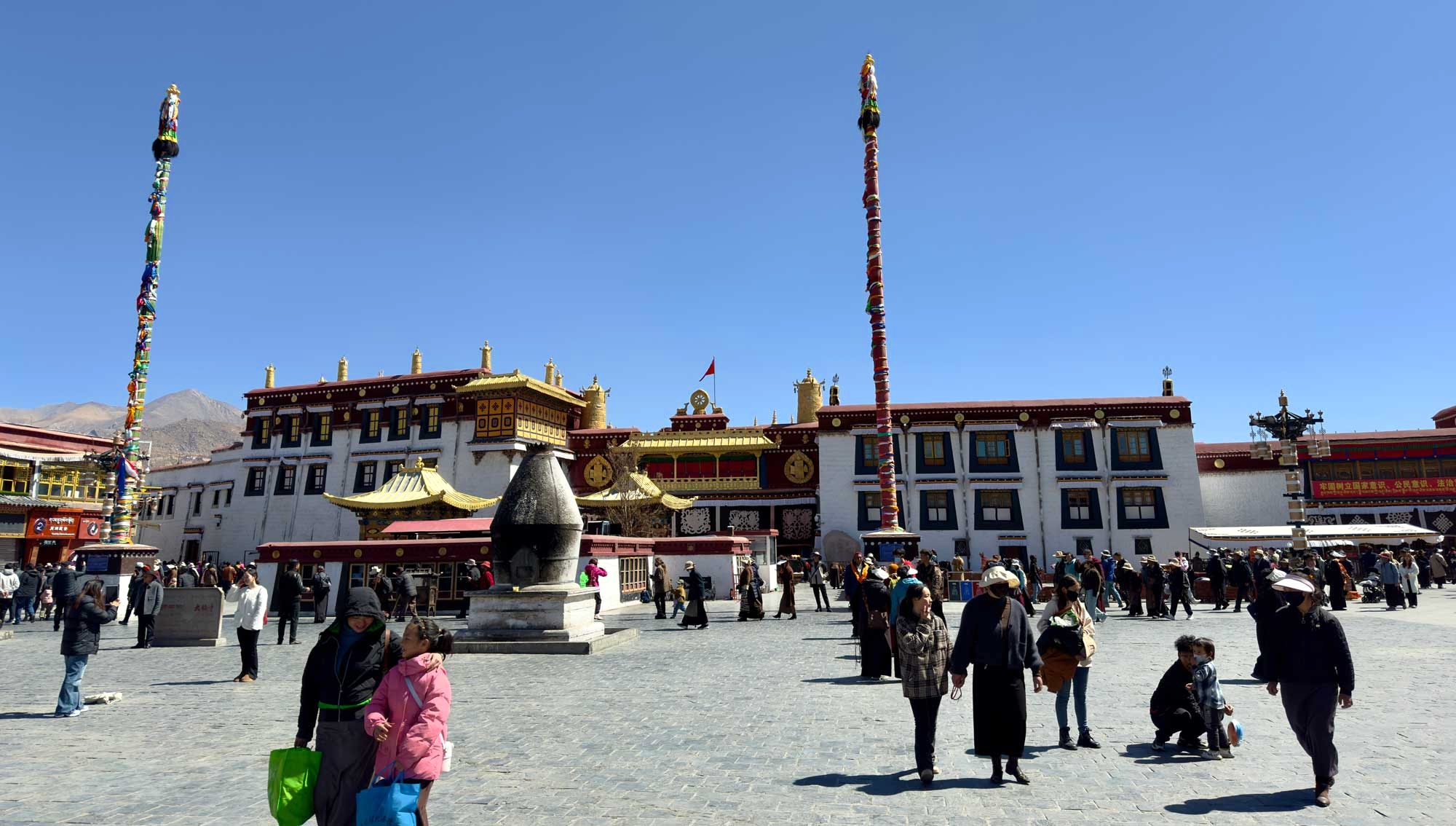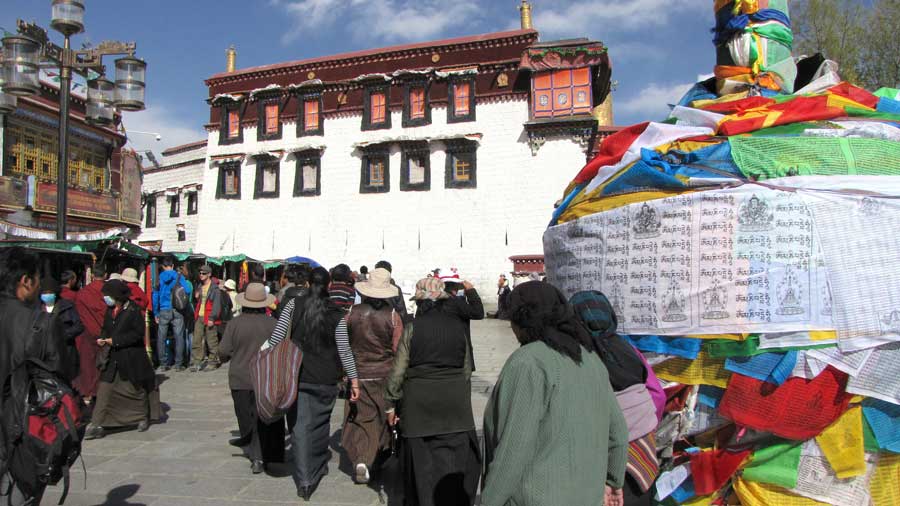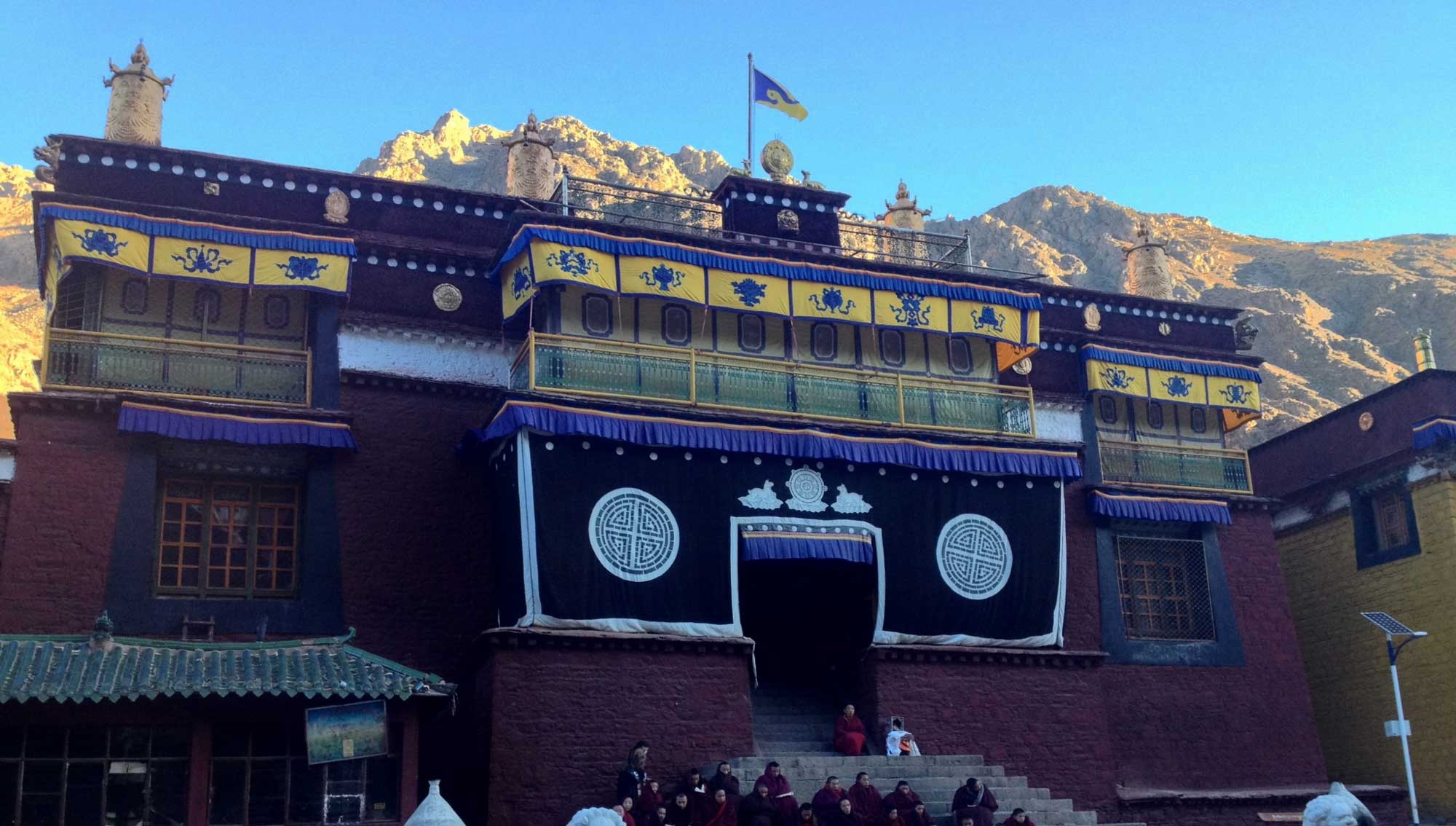
Tsurphu Monastery Travel Guide and Tips: A Spiritual Retreat in Tibet
Nestled in the scenic Tolung Valley, Tsurphu Monastery is one of Tibet’s most significant monastic institutions and the seat of the Karma Kagyu school of Tibetan Buddhism. Located approximately 70 km northwest of Lhasa, this magnificent monastery is perched at an altitude of 4,300 meters (14,100 feet) and offers a breathtaking blend of spirituality, history, and natural beauty. Tsurphu is not only a place of worship but also a vital center for Tibetan Buddhist culture, attracting pilgrims, monks, and travelers seeking an authentic Tibetan experience.
In this Tsurphu Monastery travel guide and tips, we provide all the essential information to help you explore this sacred destination, including travel tips, historical insights, and practical advice to make your journey smooth and meaningful.
Why Visit Tsurphu Monastery?
1. Spiritual and Historical Importance
Founded in 1187 by the first Karmapa, Düsum Khyenpa, Tsurphu Monastery is the traditional seat of the Karmapa lineage, one of the four major schools of Tibetan Buddhism. It serves as the residence for the reincarnated Karmapa Lama, making it a significant pilgrimage site for devotees.
2. Spectacular Tibetan Architecture
The monastery complex is an architectural marvel, featuring whitewashed walls, golden rooftops, and intricate murals depicting Buddhist teachings. The main prayer hall houses large statues of Buddha and prominent Kagyu lamas, while its courtyards are adorned with colorful prayer flags.
3. Annual Cham Dance Festival
If you visit in April or May, you may witness the Tsurphu Cham Dance Festival, a vibrant religious celebration where monks perform sacred masked dances to ward off negative energies and invoke blessings for the community.
4. Trekking and Scenic Beauty
The monastery is surrounded by stunning mountains, lush valleys, and pristine rivers, making it an ideal starting point for short and long treks. The Tsurphu to Yangpachen trek is a popular 3-4 day trek that offers breathtaking views of the Tibetan Plateau.
Best Time to Visit Tsurphu Monastery
The best time to visit Tsurphu Monastery is from April to October, when the weather is more favorable and the roads leading to the monastery are accessible.
Seasonal Breakdown:
Spring (April-May): Ideal for attending religious festivals and enjoying mild weather.
Summer (June-August): Green landscapes and high-energy monastic activities.
Autumn (September-October): Crisp air, clear skies, and excellent trekking conditions.
Winter (November-March): Cold temperatures and possible snow, but fewer tourists and a peaceful atmosphere.
How to Get to Tsurphu Monastery
1. From Lhasa
Tsurphu Monastery is located about 70 km from Lhasa and can be reached in 2-3 hours by road. There are several transportation options available:
Private Tours: Many Tibetan travel agencies offer guided tours to Tsurphu Monastery, including transportation and expert explanations of its history.
Taxi or Hired Car: Renting a vehicle with a local driver is a convenient and flexible option.
Public Transport: No direct buses run to the monastery, so a private vehicle is recommended.
2. Permits and Entry Requirements
All foreign travelers visiting Tibet must obtain a Tibet Travel Permit, which can only be arranged through a registered travel agency. If you plan to trek from Tsurphu to Yangpachen, additional trekking permits may be required.
Top Attractions at Tsurphu Monastery
1. The Main Assembly Hall (Dukhang)
The main prayer hall of Tsurphu Monastery houses statues of the Buddha, Karmapa Lamas, and important deities. It is a place of deep spiritual significance where monks perform daily rituals and chants.
2. Cham Dance Festival
Held annually in April or May, the Cham Dance Festival features monks dressed in elaborate costumes and masks, performing sacred dances to purify the surroundings and bring blessings.
3. The Monastic Debating Courtyard
Visitors can witness the unique Tibetan Buddhist debating sessions, where monks engage in intellectual discussions on Buddhist philosophy, using clapping gestures to emphasize their arguments.
4. Pilgrimage Kora Route
A kora (pilgrimage circuit) around Tsurphu Monastery is a spiritual journey undertaken by pilgrims. The trail offers stunning panoramic views of the surrounding valley, and visitors can walk alongside local devotees spinning prayer wheels and chanting mantras.
5. Tsurphu to Yangpachen Trek
This 3-4 day trek is a spectacular journey through nomadic grasslands, high-altitude valleys, and hot springs in Yangpachen. It is a great option for those looking to combine spiritual exploration with adventure.
Accommodation Options
Most visitors choose to return to Lhasa after visiting Tsurphu Monastery, as accommodation near the monastery is basic.
Recommended Hotels in Lhasa:
St. Regis Lhasa Resort – Luxury accommodation with top-tier facilities.
Shangri-La Hotel, Lhasa – A high-end option with Tibetan aesthetics and modern comforts.
House of Shambhala – A boutique hotel with traditional Tibetan charm.
Yak Hotel – A budget-friendly choice with a central location.
Essential Tsurphu Monastery Travel Guide and Tips
1. Acclimatization and Altitude Sickness
At 4,300 meters, Tsurphu Monastery is at a high altitude. To minimize altitude sickness, consider these tips:
Spend at least 2-3 days in Lhasa to acclimate.
Stay hydrated and avoid alcohol.
Walk slowly and take breaks when needed.
Carry altitude sickness medication if required.
2. Packing Essentials
Warm Clothing: Even in summer, temperatures can be cold at night.
Sunscreen & Sunglasses: The high-altitude sun is strong.
Comfortable Hiking Shoes: Needed for walking the pilgrimage circuit or trekking.
Snacks & Water: Limited food options are available near the monastery.
Cash: No ATMs or credit card facilities; bring enough Tibetan Yuan.
3. Respect Local Customs
Always walk clockwise around religious sites and prayer wheels.
Photography: Ask for permission before taking photos inside the monastery.
Dress modestly and remove hats before entering religious areas.
Avoid touching religious artifacts and maintain a quiet demeanor inside the temple.
4. Road Conditions and Safety
The road to Tsurphu Monastery is mostly paved but can be bumpy and steep in some areas. Traveling with an experienced driver is recommended, especially during winter months.
Conclusion
Tsurphu Monastery is a spiritual and historical jewel of Tibet, offering visitors an opportunity to experience Tibetan Buddhism, stunning mountain scenery, and rich cultural traditions. Whether you come for pilgrimage, photography, or trekking, this sacred site provides an authentic and enriching experience. By following this Tsurphu Monastery travel guide and tips, you can ensure a smooth and rewarding journey to one of Tibet’s most revered monasteries. Plan ahead, respect local customs, and embrace the spiritual ambiance of Tsurphu Monastery.
Attractions Nearby
Namtso Lake, a sacred Tibetan site, offers breathtaking views, crystal-clear waters, and serene high-altitude beauty…
Ganden Monastery, perched on a mountain, offers stunning views, rich history, and deep Tibetan Buddhist significance.
Drak Yerpa, a sacred Tibetan retreat, features ancient caves, stunning landscapes, and spiritual tranquility for pilgrims…
Norbulingka, the Dalai Lama’s summer palace, boasts beautiful gardens, rich Tibetan culture, and historical significance.
Ramoche Temple, a sacred Lhasa site, features intricate Tibetan architecture and revered Buddhist relics and statues…
Tsurphu Monastery, a spiritual center, offers stunning landscapes, ancient Tibetan architecture, and deep religious significance…
Drigung Til Monastery, renowned for its scenic beauty, offers profound spiritual significance and stunning Tibetan architecture…
Reting Monastery, a historic Tibetan site, features rich religious heritage, peaceful surroundings, and stunning mountain views…
Tidrum Nunnery, a peaceful retreat, offers spiritual solitude, beautiful landscapes, and a deep connection to Tibetan Buddhism…
Shugsheb Nunnery, a serene Tibetan retreat, blends spiritual tranquility, stunning views, and deep Buddhist cultural heritage…
Pabonka Monastery, one of Tibet’s oldest, offers profound spiritual significance, stunning views, and rich historical heritage.
Nyethang Drolma Temple, a sacred Tibetan site, offers spiritual serenity, beautiful architecture, and deep Buddhist significance…
Nechung Monastery, a sacred Tibetan site, is known for its oracle traditions, stunning views, and spiritual significance…
Potala Palace, Lhasa’s iconic landmark, showcases stunning architecture, rich history, and profound spiritual significance…
Jokhang Temple, Lhasa’s spiritual heart, is a sacred pilgrimage site with rich Tibetan Buddhist heritage…
Sera Monastery, Lhasa’s renowned Buddhist center, offers captivating debates, ancient teachings, and stunning Tibetan architecture…
Drepung Monastery, one of Tibet’s largest, offers rich history, stunning architecture, and deep spiritual significance…
Stroll Barkhor Street, Lhasa’s vibrant hub of culture, spirituality, bustling markets, traditional crafts, and sacred ambiance.
Offers to inspire you
5 Day-Trip to Lhasa City
Making it an unmissable destination for travelers seeking to trip to Lhasa city and explore the essence of Tibet.
7 Day-Lhasa & Shigatse Cultural Exploration
Travel through Tibet’s breathtaking landscapes.

